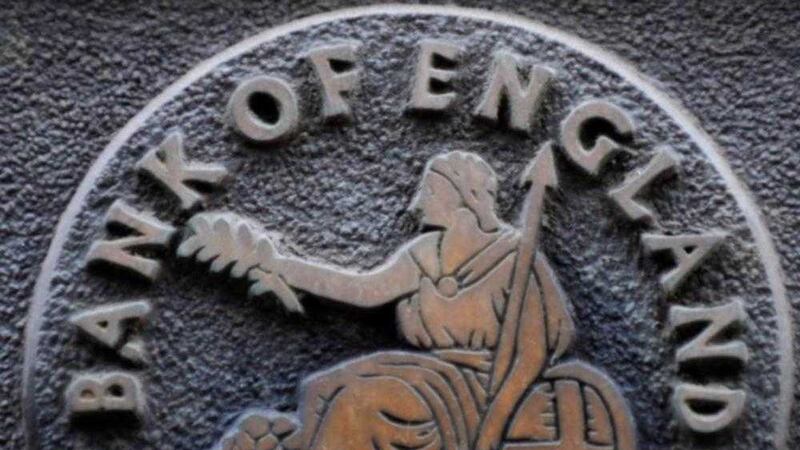THE April meeting of the Bank of England Monetary Policy Committee (MPC) took place last week and no changes to policy were introduced.
For a third consecutive month, there was a unanimous decision to leave the UK Base Rate unchanged at 0.5 per cent. The minutes stated that “developments over the past month had done little to change the broad outlook for activity and inflation”.
The decision to leave policy on hold takes place against a backdrop of very weak inflation in the UK economy. Indeed, while headline CPI inflation increased in March to 0.5 per cent (from 0.3 per cent), it “remains well below the 2 per cent inflation target”.
The MPC’s assessment of productivity and wage inflation trends implied that “growth in unit wage costs” were below levels “consistent with meeting the inflation target in the medium term”.
The MPC also took a cautious view on the pick-up in inflation, noting it had been boosted by “a rise in airfares related to the timing of Easter” which was unlikely to be sustained in April, causing inflation “to drop back slightly”.
Nonetheless, “expectations remained for a gradual pickup” in inflation over the next twelve months as the “impact of past falls in energy and food prices dissipated”.
One noticeable development at the April MPC meeting was the increased level of discussion that took place on the upcoming ‘In-Out’ EU referendum. The MPC commented that there had been “signs that uncertainty relating to the EU referendum had begun to weigh on certain areas of activity”.
It stated that business surveys “had reported a softening in investment intentions, consistent with expenditure decisions being deferred” pending the referendum outcome. It referenced survey evidence that referendum uncertainty “might be affecting hiring intentions”.
The minutes mentioned that it was possible that referendum-related uncertainty would have a more pronounced effect on household sentiment and behaviour as the vote drew nearer”. The MPC also stated that “referendum effects” would make it “harder to interpret” macroeconomic and financial market data over the coming months and therefore it was likely to “react more cautiously to the data news”.
In its discussion of the likely implications of a vote to leave the EU, the MPC said that “such a vote might result in an extended period of uncertainty about the economic outlook”, as well as “significant implications for asset prices, in particular the exchange rate”.
Overall, the April central bank meeting statement/minutes reinforces the view that the MPC is still some way off from starting the rate tightening cycle in the UK. Futures contracts, indicate that the market does not envisage a UK rate hike materialising until the second half of 2018. There is only one rate hike priced in for 2018, which would bring the bank rate up to just 0.75 per cent by the end of 2018.
However, it is possible that the financial markets may be too dovish with their UK rate hike expectations. With the UK unemployment rate already down near 5 per cent, the MPC could begin hiking rates next year, if the UK economy continues to grow solidly, the downside influence on prices from commodity markets ease and domestic cost pressures start to help push inflation up closer to the MPC’s per cent inflation target.
In the meantime, we await the release of the May inflation report (May 12) for a more comprehensive and up-to-date insight into the Bank’s views on the economic outlook, and the timeframe for policy tightening.
To summarise the current conditions in the UK economy, solid employment growth, weak inflation, real wage growth, an improved Eurozone economy and low interest rates all suggest that the economy should continue to grow at a reasonable pace.
It does still face some headwinds from on-going fiscal tightening, uncertainty regarding the EU referendum and the negative drag on trade from a stronger Sterling, as well as slower growth in emerging economies.







